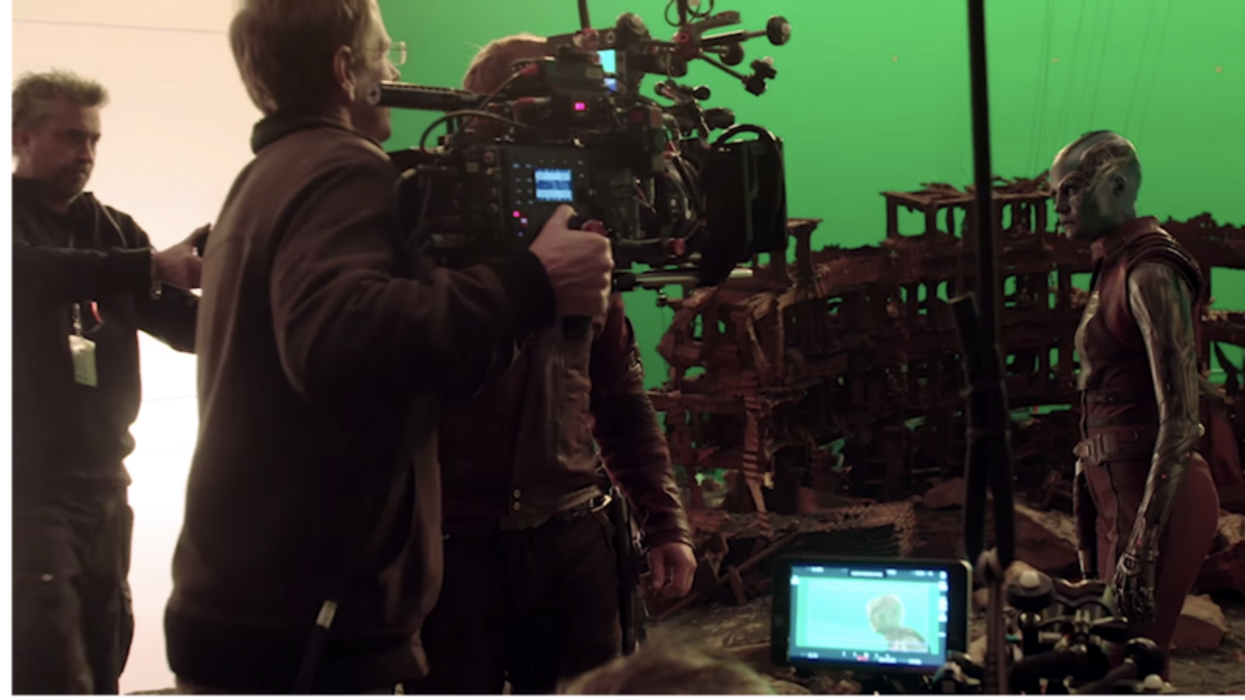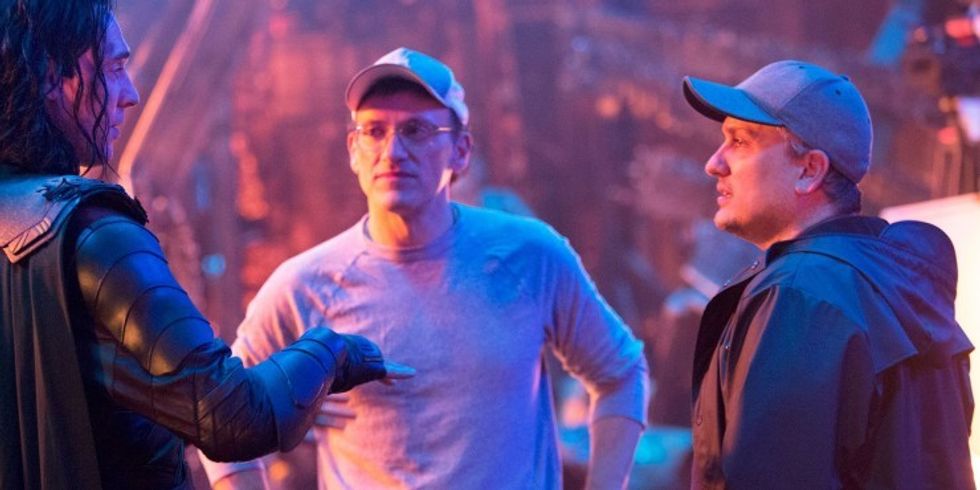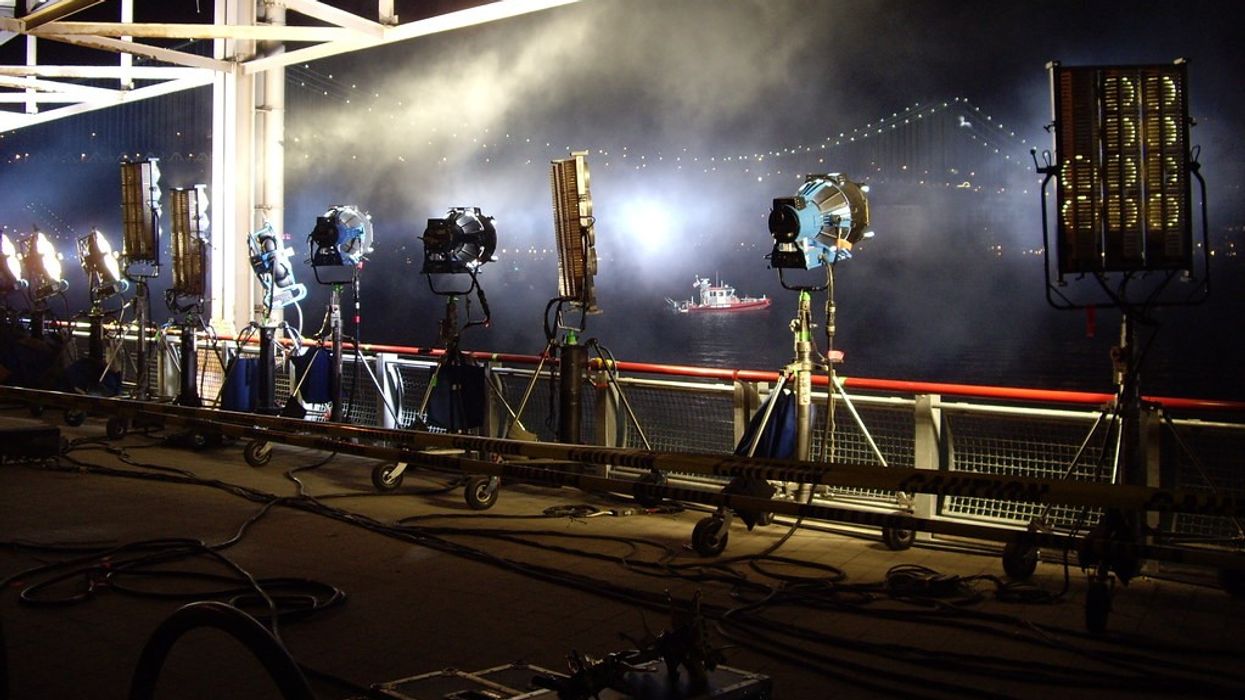A Look Inside the 'Avengers: Endgame' Editorial Army and Their Workflow
From the very beginning, editors, pre-viz creators, and others were tasked with ironing out complicated workflows.

Taking in nearly $3 billion in worldwide box office, there's no denying that the final chapter of Marvel's Infinity War saga has secured its place in cinematic history. Avengers: Endgame was also one of the most complicated films to bring to the screen, so much so that when directors Anthony Russo and Joseph Russo started on their cinematic journey with the climactic two films, they made sure to bring in a veritable army of post-production personnel to keep the complicated workflow on track.
In an interview with Avengers: Endgame editor Jeffrey Ford, Frame.io blogger Alexander Huls got down to the brass tacks of what was required to keep the MCU on track to move towards a meaningful conclusion, rather than becoming a speeding freight train heading towards a cliff. And for Ford, it was the intimate involvement of post-production artists like himself and Third Floor pre-viz artist Gerardo Ramirez, that helped make it all a reality.
“Ramirez was literally an additional director/writer/editor on the movie because he would come up with these sequences for us based on our pitches and our ideas and what was in the script,” says Ford.
Since both Infinity War and Endgame were shot back to back, the Marvel team had to be sure that the story beats worked from chapter to chapter. There would be hundreds of hours of footage between the two films, mostly shot on the Alexa 65, and to do reshoots would be incredibly costly. So the creative team would pitch new ideas and show off storyboards, and then Ramirez would animate the scenes fully in Maya. From there, Ford would edit them with footage, pre-viz clips, and storyboards, to make sure the film's flow was going according to the overall story arc. Here's a sample clip from Avengers: Infinity War:
This massive amount of pre-planning set the post-production team ahead of the game as over 890 hours of Alexa 65 footage was brought in, recorded to Codex Mags and backed up to a large off-site storage LTO to be color corrected, synced, and transcoded. It was truly a non-trivial task and Ford had his own small platoon to wade through it all. “When you have four or five units shooting, you need four or five assistants to pump out the dailies each day,” Ford says.
“It’s really about having an edit of what we shot each day ready as soon as possible,” Ford says. “When material comes in each day, we assess it, I watch as much of it as I can (which is usually most of it). Then I cut it the next day while I’m watching the material from that day.
Ford would dispatch his editing assistants to wrangle the footage from each set, visual effects houses and second unit teams. This also included all motion capture footage. They would also share with the Russo's copious notes on how Ford was cutting the film as it progressed, giving them the opportunity to nudge the post-production process in the right direction.
And while he had all the help he needed, Ford credits assistant editors Robin Buday with keeping all the dailies flowing on time so there were no costly delays. “He can knock out 100,000 feet of dailies in an hour, the guy’s so good at it,” Ford states. “He’s the guy that can bird-dog the workflow and make sure that it’s flowing perfectly and that you don’t even see a bump in the road.”
With Ford's right-hand man, Matt Schmidt, alongside, the editor says they have a kind of "finish each other's sentences" kind of relationship and would look at each other's work with fresh eyes. Their first collaboration for Marvel was Captain America: Civil War, and having built this kind of trust also sparked a lot of inspiration on how to make the cut even better.
"I’ll throw him a scene and say, ‘Hey, I don’t think this is very good, see if you can do better.’ And he’ll do better." Ford says of his relationship with Schmidt. "Then he’ll give it back to me, and I’ll go, ‘Wait a minute, you did that, I have another idea,’ and I try that. Then he goes, ‘Oh wait, I have an idea about this.’ So it’s really just sort of jumping in where you can.”
Ford and Schmidt could also divide and conquer. When Ford had to really focus on delivering Infinity War in time for its release, he was safe to leave Schmidt to keep Endgame's never-ending amount of footage and assets in check and on balance for when he could turn his attention to it. “Once Infinity War was delivered, Matt and I went back to work together on Endgame, and we started in for a final pass.”

Ford also added that working with the Russo's, they would screen the film countless times during the productions, so they could see the film evolve as storyboard, previz, and other elements are replaced with actual footage. “Drawing out the essence of the thematics and the dramatic aspects of the story from the directors is part of my technique,” Ford says. “The same way that directors coax the performance out of the actors, that the actors are going to give. I’m trying to coax notes out of the directors.”
“There’s always a certain turning point in scenes,” he explains. “I also like to cut the scene with everything that’s in the screenplay, and anything that the actor’s improvised, so that I have a full version of the scene first, before I begin eliminating.”

Ford also adds that considering the overall complicated nature of balancing a vast cadre of character story arcs, it can often be overwhelming to keep them all straight and moving the overall saga forward. “You can get overwhelmed just being episodic and hitting everybody’s story," Ford says of character arcs. "We’ve had that problem, by the way, since the first Avengers movie.”
Ford also says that by giving characters that kind of attention, he could find a more natural transition from scene to scene. "On Endgame, it was about when not to cut," Ford adds. "Let Scarlett make the transition. Let Evans make the transition. Let the audience watch where they go from one idea to the next. If I don’t interrupt that, the audience feels that it’s real, and it gets you more connected to the character.”
“The movie’s a fluid, changing organism as you’re putting it together. But, I think that balancing is really related to story. Endgame is a good example because the movie is bound and determined to follow those original six Avengers on a journey. That’s important for the way the movie works,” Ford says.
All of that paid off when Ford and the Russo's snuck into the Village theater in Westwood to see a screening of Endgame and watch the audience's reaction. It was the pinnacle to a decade long journey that began with Iron Man in 2008. “The audience was just in every moment and it seemed like they were having the ride of their lives," Ford recalls. “It was overwhelming and really moving at the same time. But the fact that it was something I worked on was even more amazing. It was one of the best nights that I’ve had in my career.”
Source: Frame.io












